The ultimate goal of every salesperson is to make that sale.
It is the only factor that decides if all their hard work has paid off.
It’s not easy either. It requires you to listen to your prospects, understand their pain points, overcome objections, and explain all the features and benefits in a way that helps them accept your product or service.
More than 36% of salespeople say that closing is one of the most difficult parts of their job.
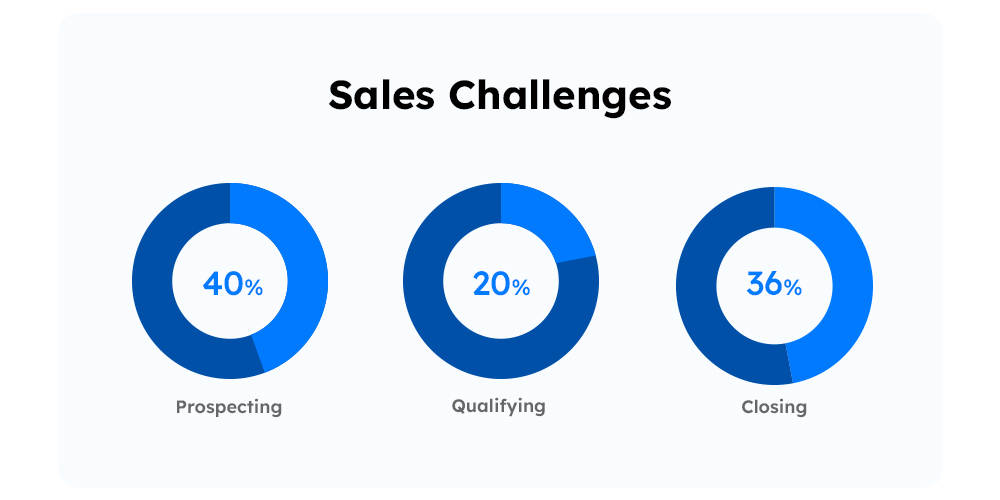
No doubt, sales reps are under a lot of pressure when it comes to closing a sale. But if they know what to expect, and prepare accordingly, it won’t be that challenging.
Here are some tried and tested techniques to help you prepare and easily seal the deal.
What do you mean by closing a sale?
While the term “closing a sale” sounds emotionless and distant, it is in fact a hugely emotional part of the sales process – for both parties involved.
- For the sales rep, you’re getting a prospect to agree to a deal and sign a contract. You’ve earned their trust and they will pay you for it.
- For the buyer, they are investing in you and your product. They are trusting you with their business.
But, you have to learn how to close.
Why? Because learning and implementing sales closing techniques helps you achieve your sales targets.
Here are 15 best sales closing techniques to help you.
15 Best Sales Closing Techniques
1. The “Now or Never” Technique
This is a traditional sales closing technique that invokes a FOMO or “fear of missing out” amongst customers. It creates a sense of urgency by adding “special, limited-time offers.” The goal is to give your client that extra nudge needed to move to a “yes.”
For example, you can tell them that only a few items are left in stock, and since it is a limited-edition product, they won’t be able to buy it later. You can also use trigger words like “last chance”, “ends soon”, “today only”, “don’t delay”, etc.
Example script:
I should let you know that we have a special [X%] discount available for those who signup within this week. I wouldn’t want you missing out on that.
Why it works
In general, we love having options. That’s why buyers keep evaluating products/vendors to find the best of the best deals.
But at the same time, we’re also wired to avoid losing out on things. And that’s why the now or never technique of closing sales works on the buyers who need just one more reason to make that decision.
The best time to use “the now or never technique”
If you sense that a buyer is convinced but is still delaying signing up, you can use this technique. However, make sure that you’ve established a value before offering a discount.
You can also ask your customers if they’re evaluating your competitors during the discovery call itself. It will help you negotiate with them or offer discounts accordingly.
For instance, LeadSquared CRM makes it easy for sales reps to enter dispositions and refer to them anytime to avoid any confusion later during the selling process.
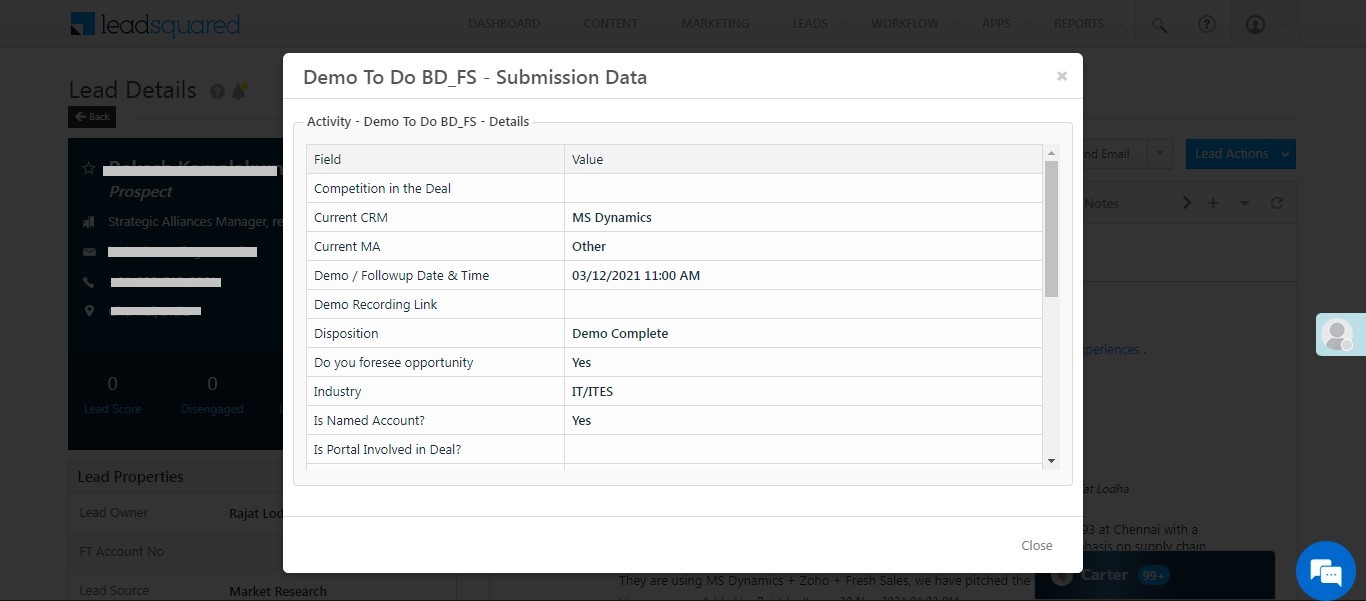
2. The Options Technique
In this sales technique, you offer your client the possible and available options. It prevents the client from giving a binary yes-no response and allows them to explore options.
So, instead of offering a single product or a service, you ask them to choose from multiple options. But limit yourself to 2-3 options.
For example, you can ask the client if they would like a 3-month, 6-month, or 1-year subscription. However, do not ask if they want to buy a subscription or not, which will again invite a binary response.
Example script:
Considering all your requirements, I think these two products would work best for you. Would you like to go with [X] or [Y]?
Why this technique works
People prefer thinking that they chose to buy or not buy; they don’t want to be convinced into anything. By giving them options, in a way, you’re supporting their pride, which may lead to you winning the deal.
The best time to use it
When you see that the buyer is skeptical about usability, you can try this technique. Otherwise, you can also use this sales closing strategy when the buyer’s budget is a constraint. You can offer the basic version (instead of advanced/pro) to help them get started.
Note that people often feel that the more choices they have, the better their chances of finding a deal that will perfectly satisfy their needs. However, the more options they have, the less likely they are to make a decision at all.
That’s why, while using this technique, don’t offer too many options that will only confuse the buyer.
3. The Assumptive Close
This technique is based on the principle of self-fulfilling prophecy. That is, your belief in something leads to it coming true.
Here, the salesperson assumes that their offering matches the buyer’s requirements. So, the next step that remains is talking transactions.
For instance, you can directly ask when they would like to get started with the paperwork.
Example scripts:
When should we get started on implementation?
When should I have this delivered?
Do you want to go with [X tier] or [Y tier]? Send me [X financial information], and I’ll get the paperwork ready now.
To whose name should I make the invoice? Do you want [upgrade] with this, too?
Why the assumptive close technique works
The assumptive close technique gives two choices to the buyer – believe you or distrust you. But because of your/your brand’s reputation, they’re more likely to believe you. It prevents the client from thinking about the reasons why they should not get the product.
The best time to use this sales closing technique
If you think that your product/service is exactly what the client is looking for, you can apply this technique.
4. Giving a Discount
Discounts are the age-old trick for closing sales. Good deeds do not go unnoticed. Giving a discount will surely give your buyers one more reason to say yes.
Discounts can be of various types. For instance, free shipping, bonus, cashbacks, vouchers, etc.
Example scripts:
If you commit today, I can get you an additional [X%] discount.
If you sign up today, you can take priority in the implementation queue.
Why it works
Everyone likes freebies, which is why this technique works. In fact, 93% of shoppers use a coupon or discount code all year round.
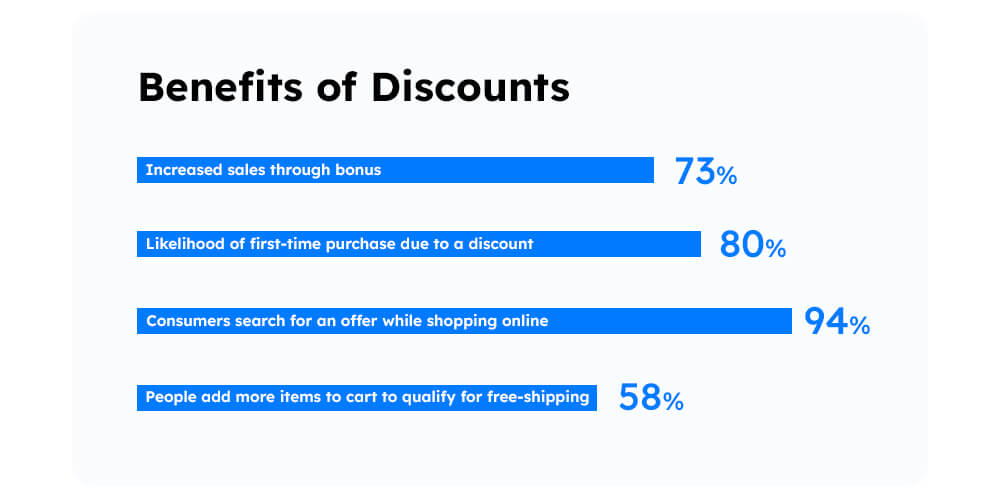
The best time to use this technique
If you can achieve your revenue targets while preserving your profit margins, use this technique.
Sometimes brands also use the discounting technique to capture a market share.
However, make sure you have (or get) the approvals before offering the discounts. Otherwise, refusing the offer later will create a bad brand impression.
5. Being Inoffensive
Some clients can be difficult to handle as they do not want to give up control. They stay stubborn with their “no,” but you can move that no to a “yes” with the right set of questions.
By being inoffensive (despite all the friction), you can guide them into signing the deal.
Follow this approach while being polite throughout.
- Reiterate their pain points
- Suggest that you have solved these challenges for a similar client.
- Show the results your clients have achieved with your service.
- Ask them if you can go ahead with the deal.
It will make the client rethink why they’re saying no. And because you’re being polite and helpful throughout, they may consider your offering.
Example script:
As you can see, our [product/solution] is the right fit for your [problems/challenges]. And that’s how [other clients] got over that hurdle. I recommend you do the same, and you’ll always be glad you did. So, shall we go ahead and get you signed up?
Why it works
People tend to subconsciously decide what to do before figuring out why they want to do it.
This sales closing technique makes them recall their goals/challenges, how your offering fits into the picture, and that there’s no reason not to go for it.
The best time to use this technique
If you could see that the deal is on the verge of going cold for no good reason, apply this strategy.
Being inoffensive helps you in one more way. You can get feedback about how you can tune your product or service to meet the demands of this set of customers.
6. The Sharp Angle Close
The Sharp Angle Close is also known as the “If I – Will You Close” technique.
This technique is applicable for clients who want to say “yes,” but on a condition. Usually, this condition is not a part of the deal.
For example, the client asks for an extra five percent reduction on interest rates for the house payment. This discount may not be a part of the deal, but you can close the deal by asking for something else in return.
You can say that you will provide this offer only if the customer agrees to finalize the purchase today. This method allows the prospect to feel like they won the deal. It also gets you a sale.
Example scripts:
If we give [freebie], would that convince you to sign the contract today?
If you sign the contract today, I can guarantee we can do [special request the buyer asked for]. How does that sound?
Why it works
It is a win-win situation for both clients and salespeople. While clients get an additional discount, sales reps get closer to achieving their quarterly (or monthly) revenue targets.
The best time to use it
Salespeople use this technique mostly during quarter ends – when they have to close their revenue/sales targets.
7. The Backward Close Technique
Salespeople usually ask for referrals at the end of the sales process or when they receive a positive NPS.
In contrast, in the backward close technique, you ask for a referral beforehand – to increase their interest in your offering.
To make the most of this technique, offer a gift/reward in exchange for their reference.
Example scripts:
I hope you’re happy with our [solution/product/services]. Do you know anyone else in your network who could benefit from this solution? And to express our gratitude, we would like to offer you [reward/referral bonus].
Recently, we’ve launched a referral program in which we’re offering incentives to our referral partners.
[Reward details]
I invite you to share your referrals who can benefit from our [product/solution/service].
Why it works
The customer (whom you’ve asked for a referral) feels good being an altruist or simply enjoys the reward. Thus, in a way, fostering your relationship with them.
Also, 92% of consumers trust referrals from people they know. So, when you approach a buyer from a referral vs. yourself, you’ll have a better chance of winning the deal.
There are more reasons to use this technique.
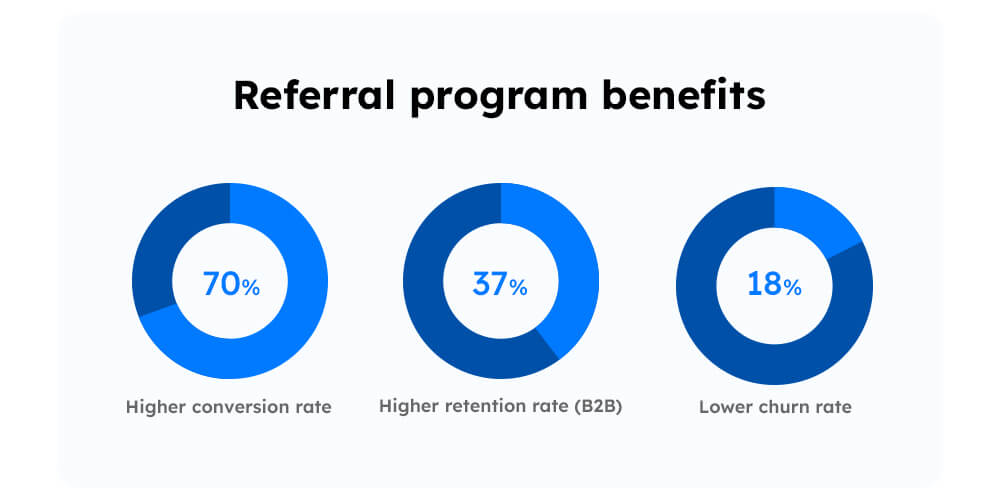
The best time to use the backward close technique
You can use the backward closing technique when you sense that the buyer is not paying attention to you. It will help you gain back their interest by changing the flow of conversation.
8. The Needs Close
In this technique, you consult the client about how much they can save or how much ROI they will get by partnering with you. It is an easy way to show that your product has value for them.
Example scripts:
If we implement by [X date], I estimate you can start seeing ROI by [Y date]. That means we’d need to close by [X date]. Is that enough time for you to make a decision?
I know you said you need to have a solution in place by [date]. Working backward from that day and factoring in implementation and training time, it looks like we’d need to have a signed contract by [date] to meet that deadline. Can you commit to that signing date?
Why it works
The needs close technique works because you present the quantifiable values to the buyer.
The best time to use the needs close technique
When you see that your product or service directly addresses some of the major pain points of the prospect, but they aren’t sure how they’ll benefit from your product, use this technique.
However, don’t assume. Let the client state their needs. Once you have that list, check off the ones that your product/service can help with.
9. The 70/30 Rule
The 70/30 rule states how much the healthy balance of conversation should be. The customer should do 70% of the talking while the salesperson should do the rest.
Listening is the key to making good sales. It helps you understand the pain points of the customer.
According to Gong, the highest converting talk-to-listen ratio on B2B sales calls is approximately 43:57.
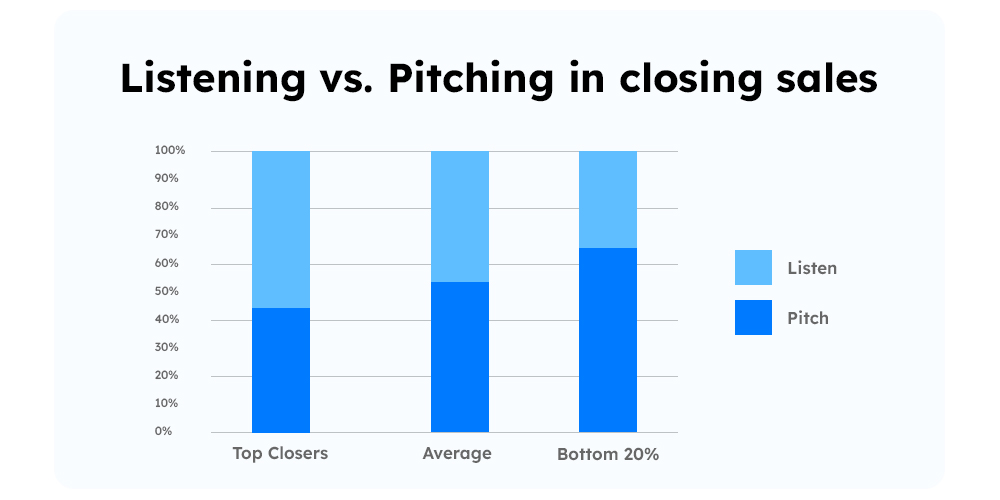
Although the 70/30 rule is not quite a closing technique, it can help you pick the right one.
Also, note that closes are phrased as questions and not statements. For instance, sentences that start with “I’d like to” or “Maybe, we can” aren’t closes. But questions that start with “Are you,” “Can you,” or “Will you” are. So be wise in the wordings you choose.
10. The “Ask for Opinions” close
In this technique, the sales rep asks the prospect about their opinion about the product. Probing for opinions is an effective way to sway the client towards a yes. Moreover, it can also be a great way to discover issues in the product or the service.
For example, you can ask them what they think about an insurance policy they have been looking at. Asking about opinions makes your client feel invested in the brand.
Example script:
On a scale of 1-10, how likely are you to purchase our [product/service]?
[Answer from prospect]
(If the score is close to 10)
That’s great. Would you mind sharing what’s preventing you from giving it a perfect 10?
(If the score is very low)
That’s disappointing. Would you mind sharing some inputs on where our [product/service] seems to be lacking?
Listen to what your prospect thinks about your offering. If there’s any misunderstanding regarding features/solutions, clarify that.
Otherwise, if everything else checks out, but the score is still too low, understand that your product/service may not meet their requirements. If the score is good, propose the values that they get from your offering and other solutions that can resolve their problem as a whole.
Why this technique works
People like to share their opinions. When you use this strategy while closing sales, the buyer feels they’re a part of the decision-making process. They believe that you’re not hard selling. Instead, you’re keen on benefiting them more. In short, Affirmation is the driving force in this closing technique.
The best time to use this technique
You can use this technique in almost all scenarios. It helps you build rapport with the buyer.
11. The Question Close
In this technique, you try to uncover the client’s objections and create solutions for them. It builds upon the lead qualification process, where you try to gauge the opportunity to make a sale.
You can ask questions like, “Now that you have seen this property, does it solve all the requirements you have for your home?” If it is a yes, then you can move to close the sale. If it is a no, then you can ask how your solution fails to solve the challenges.
Example script:
Did I answer everything you wanted to know? Do tell me if you have any other questions.
No?
Okay, great. Welcome aboard. I know you’re going to enjoy this as much as my other clients do.
So, how would you like to pay for this today?
Why this technique works
This technique works because it directs the buyer towards a purchase while keeping their needs and preferences in focus.
The best time to use it
Use this technique when you want to address objections, but you also want to get a commitment.
12. The Objection Solicitation
In this technique, you ask questions that bring out any objections your client may have. Here, the salesperson asks very specific questions regarding the product. It helps the prospect to openly talk about the issues they may have with the product.
Example script:
Let me answer this for you. [Handle objection]
I hope this helps. Do let me know if there’s any other concern. I’ll be happy to discuss.
Or
[Name], do let me know the reason why we shouldn’t proceed with this deal. If there’s anything I could do to help you decide, I’ll be happy to do so.
Why it works
Both – buyers and sellers seek trust in the partnership. They tend to appreciate each other’s capabilities, understand each other’s businesses, and believe that their partners will stick to the commitments they make.
The objection solicitation technique promotes open communication (for anything or everything that might concern the partnership in the future), which is a must for building long-term relationships.
The best time to use it
When a buyer presents objections, it means they’re interested in your product/service. However, they need some clarifications.
A pro tip: Respond to objections with questions. Top-performing reps often do this.
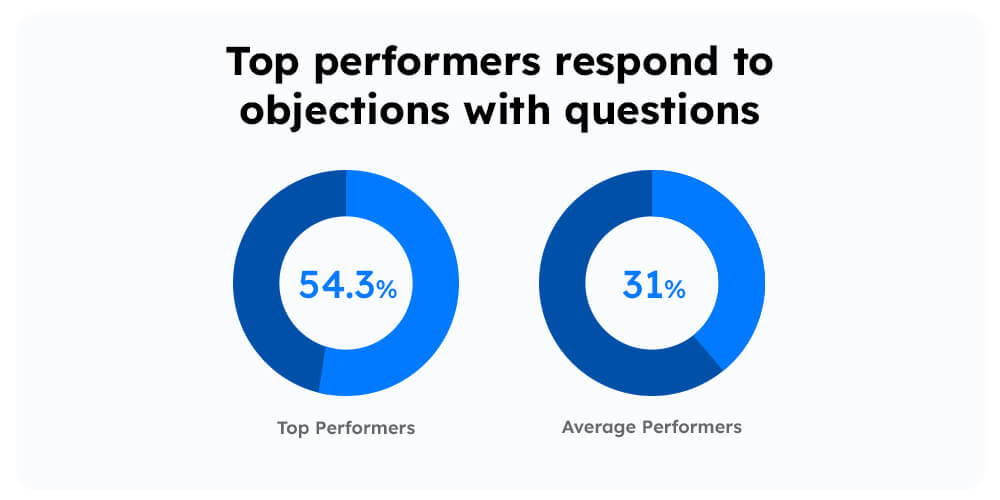
Note, this technique is also helpful for customers who have stalled the purchase process because of apprehension regarding the product.
13. The Ben Franklin Close
The concept behind Ben Franklin Close is to make a pros and cons list of your offering with the client and help them understand the benefits while considering their priorities and preferences.
There are four steps to Ben Franklin sales closing technique:
- Present the idea of making a pros-and-cons list.
- Let the client come up with a list of pros and cons. Offer guidance wherever required.
- Highlight other valuable pros they might not have considered.
- Ask thoughtful closing questions.
Example script:
I understand you might want to give this some more thought. And given how important this decision is, I understand where you’re coming from. Still, you must understand whether the benefits of this [offering] outweigh the cons. Can we put together a comparison of those together to help you make a rational decision?
[Carry on the discussion based on points 2 and 3]
I hope we’ve considered all major obstacles. Is there any other reason not to proceed with this deal?
Why this technique works
By letting buyers evaluate the pros and cons themselves, you eliminate their reasons for not buying the product.
Plus, the Ben Franklin close technique acts as a need vs. want checklist. If your offering covers all (or most of) their needs, you have a good chance of making a sale.
The best time to use it
When the negotiation is not going in your favor, use this technique to reverse the course. You can also use this technique when the deal appears to be going south.
However, make sure that the pros outweigh the cons. As the client will make a decision based on which list is longer.
14. The Impending Event
This closing technique gives customers a hard deadline to make their decisions. You can reference policy changes or upcoming regulatory changes beyond your control that may prevent the customer from getting the current offer.
For instance, you can offer additional discounts, features, or services, flexibility in contract terms, and more.
But make sure your client gets approval from legal, accounting, and other departments to sign the deal by the said period. Otherwise, you would be making an unnecessary sacrifice for sale.
Example scripts:
This offer expires on [date]. Can I get a commitment from you today itself?
I know [resolving the problem] is a really big priority for your team. But I’m worried we won’t be able to offer [product/service] at this price because of [an impending event]. You would not want to miss this chance, and I hope you decide by [date]. I’ll keep the paperwork ready meanwhile.
Why it works
Time constraints make people decide faster. The impending event technique makes use of this aspect of human psychology. By giving a tight deadline, it increases the chances of closing a sale.
When should you use this technique?
Salespeople generally use this technique during new product/feature launches. It helps them make sales and, at the same time, test the market-readiness to use that product.
Alternatively, this technique can be used when the buyer is delaying the contract for no viable reason.
15. The Summary Close
The Summary close is a common technique where you list how the product or service will benefit your prospect before you close the sale.
It is helpful for longer sales processes. Often, multiple departments will work on a single sale. So, the prospect will appreciate a summary and will even move closer to a yes reply.
Example script:
Now that we have seen our [product/solution] covers your [challenges], I hope you’re ready to move forward. I can send over the contract right now. Does that sound good?
Why it works
This technique works because it helps buyers visualize what they are buying and how it will serve their needs.
The best time to use this technique
You can use the summary close technique when you’re sure that the prospect understands the benefits you offer. Also, make sure that you’ve successfully answered objections before asking for a close.
Sounds easy, right?
Not so fast. Even though you now know how to close, there’s still a few mistakes we’ve seen sales reps make (ourselves included).
5 Mistakes to Avoid While Closing a Sale
Here are some of the basic principles that you should know before you apply any of these sales closing techniques.
Think of them as principles on what salespeople should never do.
1. Do not have poor communication etiquette. It includes chewing gum on calls, having background noise, or not speaking clearly. These can severely hurt the chances of closing a sale.
2. Do not jump to conclusions. If a prospect is unsure, it means that they have not decided yet. It does not translate to a yes or no. You can use the sales closing technique to move them to a yes, but do not assume.
3. Do not say you know something when you do not. If you are unsure about the aspect of the product or service you are selling, you can always check and let them know. Customers appreciate honesty.
4. Do not be defensive. This behavior is seen when it comes to pricing. Defending any aspect of the product/service may be a red flag for the prospect. A better approach is to highlight the values they get from your offering. You can also give logical reasons on why different customers choose different options.
5. Do not be negative. There will be rejections and objections while closing sales. That is why people have come up with different closing techniques. Be persistent and leave the door open for prospects to return.
Finally, here’s 5 practical tips you can use to help you close more deals, faster.
Sales Closing Best Practices
- Always target based on possibilities. Your chance of closing a sale increases when you pick the right prospects. Use CRM to understand buyer’s intent, use the appropriate closing technique, and your numbers will go up drastically.
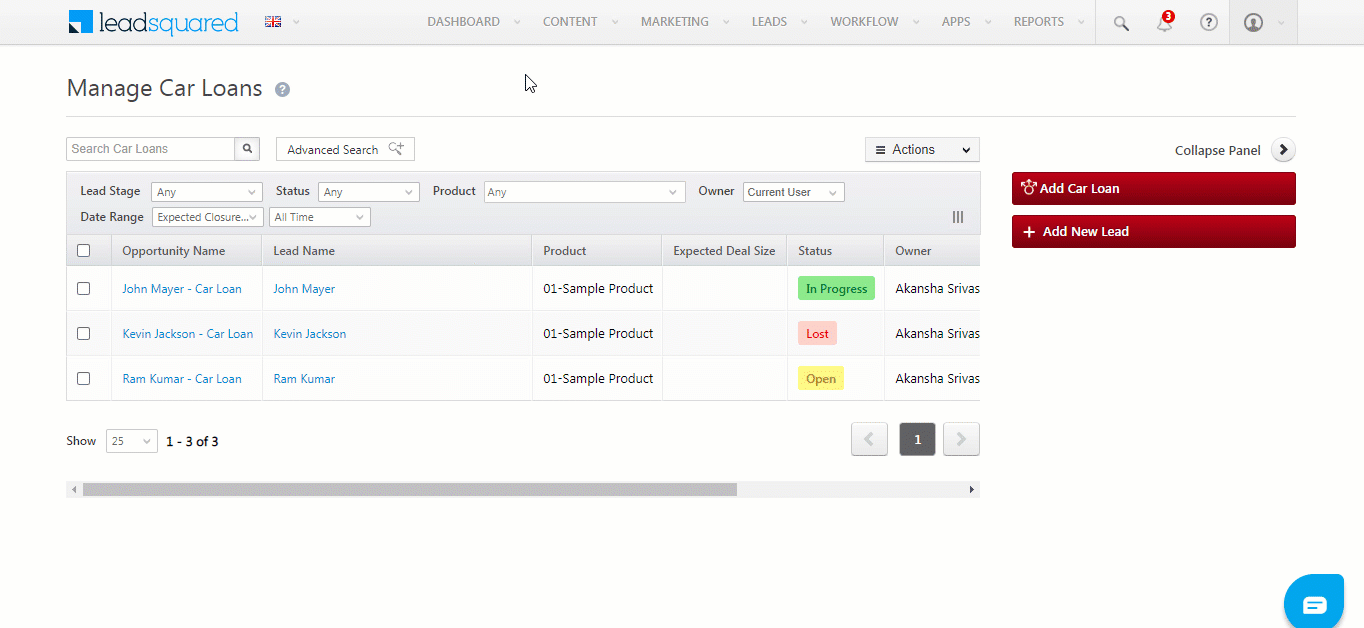
2. Always prepare. Sales reps who make it look easy, are actually well prepared. Always check the client’s website, their LinkedIn profile, and other public profiles before you approach them.
3. Always Listen. Remember the 70/30 rule. You should spend 70% of the time listening to the prospect. It will help you understand their pain points and even gather valuable feedback.
4. Always be honest and ask for what you want. Be transparent about pricing and be truthful with any bad news. Also, share your intentions with the prospect up front. Ask for a sales appointment.
5. Always follow up. Assess your meetings with a follow-up communication such as a short phone call or email. Identify where you are doing poorly and keep improving your techniques.
Sales closing techniques are the important items in your arsenal. However, knowing how and when to use them is even more important. As you progress your career in sales, you may even develop your methods.
In Conclusion
In your sales career, you’ll come across a lot of different situations and clients. You cannot (and should not) follow a one shoe fits all approach. Knowing different techniques and strategies to make a sale is crucial.
But there’s one more thing that you must know – how to work more efficiently.
Probably, you’ll not be closing sales daily. Some days you’ll be waiting for a revert on a proposal, while on other days, you’ll be negotiating.
So, how will you track multiple leads in your sales pipeline?
A simple solution, trusted by several leading organizations like BYJU’S, Allstate, and more, is LeadSquared CRM.
Its SmartViews feature helps you keep a tab on all ongoing activities, tasks due, lead stages, and more in a distraction-free manner. The following gif illustrates this.

To see this feature in action and what else you can achieve with LeadSquared,
FAQs
Personalization trumps rigidity. Here are some tips:
1. Use scripts as a framework, not a crutch: Scripts provide a foundation for your sales pitch, but personalize the language and adapt it to your conversation with the prospect.
2. Practice and internalize the key points: Practice your delivery beforehand to ensure it sounds natural and conversational. Internalize the key messages rather than simply memorizing lines.
3. Focus on building rapport and listening: Don’t rush into the script. Focus on building rapport with the prospect, actively listen to their needs, and tailor your script accordingly to address their specific concerns.
Track and adapt. Here’s what to monitor:
1. Win rate and close rate: Track the percentage of sales calls that convert into closed deals. Analyze which closing techniques and scripts seem to be most effective in driving positive outcomes.
2. Customer feedback: Gather feedback from customers about their buying experience, including their perception of your sales approach and closing techniques. Use this feedback to refine your scripts and techniques for future interactions.
3. Call recordings and role-playing: Review call recordings and conduct role-playing exercises with colleagues to identify areas for improvement in your delivery and application of closing techniques within your sales scripts.
Success is multifaceted. Here are some additional factors:
1. Confidence and enthusiasm: Project confidence and genuine enthusiasm for your product or service. Your belief in its value will translate to the prospect and increase their likelihood of buying.
2. Active listening and empathy: Focus on actively listening to the prospect and demonstrating empathy towards their needs. This builds trust and positions you as a trusted advisor, not just a salesperson.
3. Building urgency and scarcity: (Use ethically) Create a sense of urgency or highlight limited-time offers strategically to motivate prospects to take action without pressuring them into rushed decisions.








![[Webinar] Maximizing ROI with WhatsApp CRM](https://www.leadsquared.com/wp-content/uploads/2024/07/Maximizing-ROI-with-WhatsApp-CRM-webinar-popup.gif)
